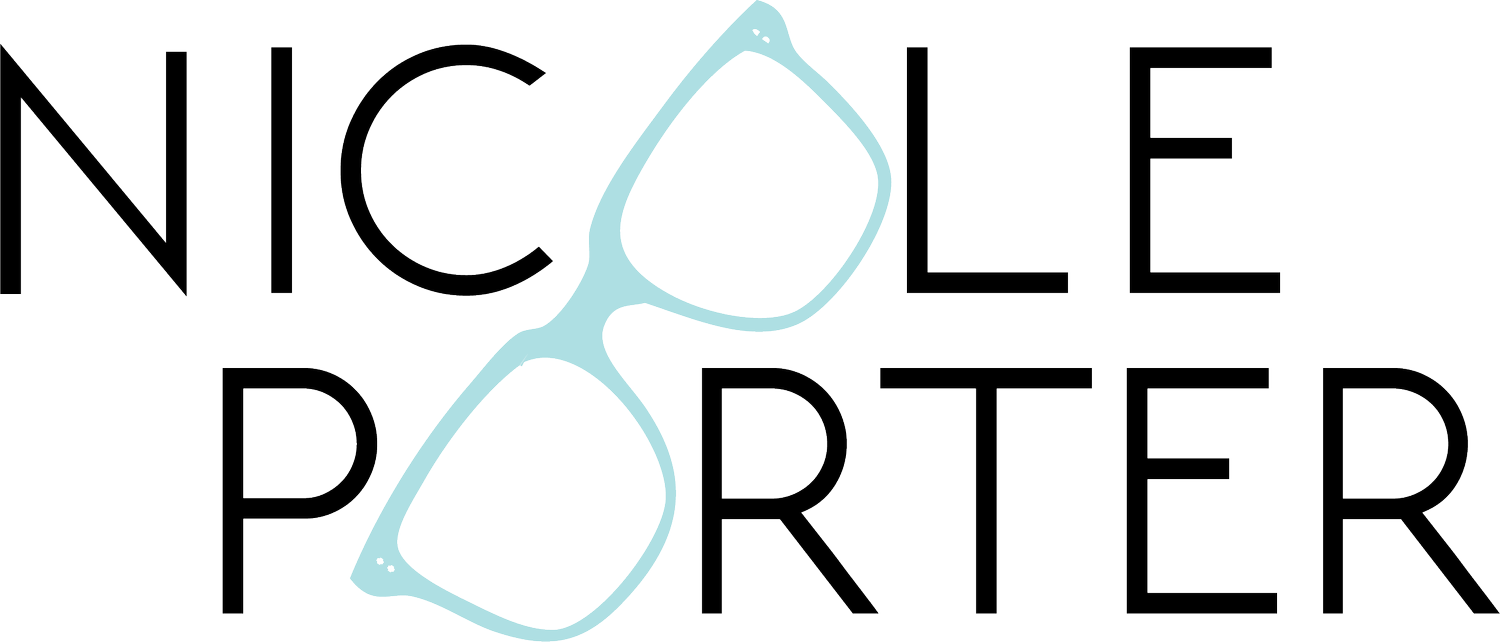Translating Complexity Into Clarity: The Human Voice in Regulated AI
Artificial intelligence is transforming how healthcare organizations communicate — but in regulated spaces like Medicare and Medicaid, automation can only succeed when it remains human at heart.
In my new white paper, “The Human Voice in Regulated AI,” I explore how AI chatbots and digital tools can bridge the gap between legal accuracy and human understanding. The paper outlines a framework for building trustworthy, compliant, and empathetic communication that meets Centers for Medicare & Medicaid Services (CMS) standards while remaining clear to real people.
The Challenge
Most AI systems in government healthcare are trained on documents like EOCs, SBs, and ANOCs — materials written for regulators, not members. The result is a compliance-perfect but conversation-poor experience that leaves members feeling lost.
The Solution
The white paper introduces the Trustworthy AI Voice Framework, a model for teaching AI to interpret, not imitate. It includes five key pillars:
Source Fidelity – Ground responses in verified CMS-approved content.
Semantic Translation – Convert complex policy language into plain, active sentences.
Tone & Context – Match phrasing to emotional need and scenario.
Compliance Guardrails – Build legal and ethical safeguards directly into system design.
Human Oversight – Keep writers, compliance experts, and UX designers in the loop to refine tone and trust over time.
Why It Matters
When done right, AI in healthcare becomes more than a digital tool — it becomes a translator of trust. It helps members understand their coverage, feel confident in their choices, and connect with their plan in ways that are both compliant and compassionate.
As I write in the paper:
“Artificial intelligence will not replace human connection—it will enable it.”
